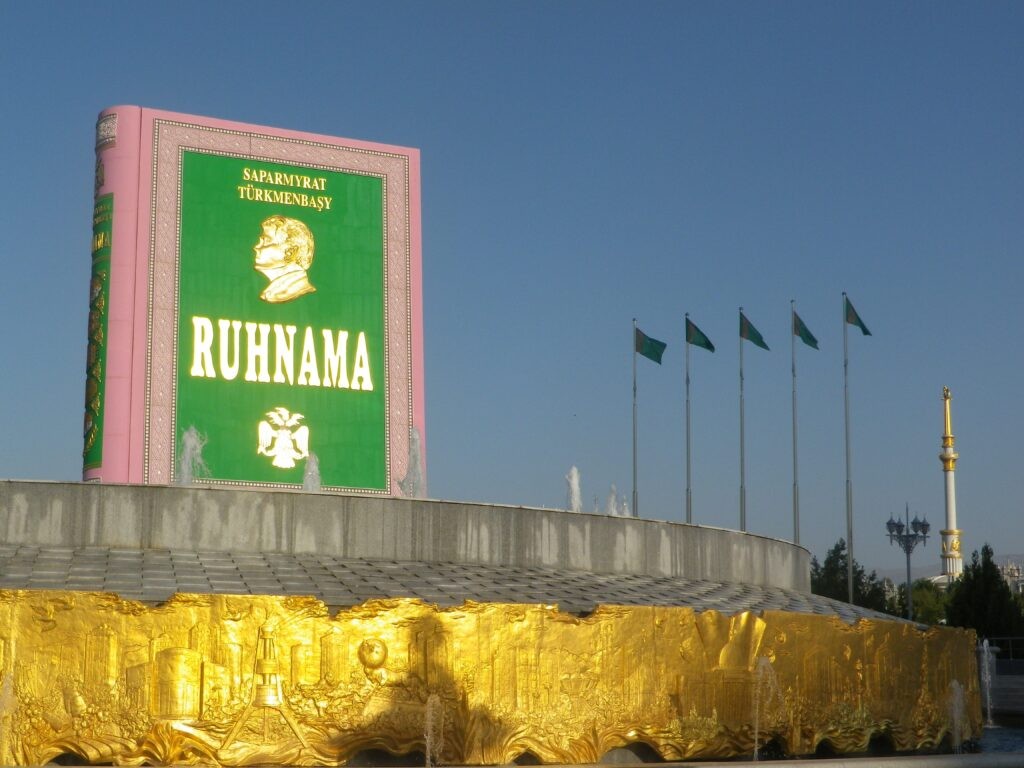Inside Turkmenistan: What Self-Isolation Reveals About the Nation
Getting into Turkmenistan has always been a complex undertaking. For most foreigners, the only option available is to apply through an accredited Turkmen travel firm, meaning a 'guide' will trail ones every move. Alternately, there is a five day transit visa, though these are denied more often than they are issued. Arguably the second most insular state in the world after North Korea, it is fair to say that Turkmenistan really isn't in the market for tourists. Frozen in time The first leader of independent Turkmenistan was Saparmurat Niyazov, who climbed up the ladder in the Soviet nomenklatura (administration) and held such positions as First Secretary of the Ashgabat City Committee of the Communist Party of the Turkmen SSR; Chairman of the Council of Ministers of the Turkmen SSR (i.e., Prime Minister); and First Secretary of the Central Committee of the Communist Party of the Turkmen SSR before the collapse of the Soviet Union. From First Secretary, he became President of Turkmenistan for life, as formalized legislatively in 1999. In the second half of 1993, the Democratic Party of Turkmenistan (formerly the Communist Party of the Turkmen SSR) proposed the extension of Niyazov's powers until 2002 - a second term without re-election - and in January 1994, 99.9% of voters purportedly supported this in a nationwide referendum. From 1994 to 1995, Turkmenistan considered renaming the president's office "Shah" and declaring the republic a Shahdom. However, the idea did not find favor with the elders. Niyazov's strained relationship with his son was also taken into account, and the idea was buried. Declaring himself "Turkmenbashi" (father of the Turkmen people," Niyazov began to rain down a cavalcade of decrees including bans on lip-syncing, car radios, cinema, clowns and the playing of recorded music at weddings. Long hair on men and beards were outlawed, citizens with gold teeth ordered to have them extracted. "I watched young dogs when I was young," Niyazov stated. "They were given bones to gnaw to strengthen their teeth. Those of you whose teeth have fallen out did not chew on bones. This is my advice." All hospitals outside of Ashgabat were shut and the funds were instead spent on a $20 million new leisure center for horses. Compulsory education was cut by a year so students could no longer qualify to study abroad. The opera house and ballet boarded up, in place of culture came such fanciful projects as the $50 million dollar Turkmenbashi’s World of Fairytales theme park and the world’s largest shoe. Six meters long and one and a half meters tall, it was manufactured to symbolize the "great strides" Turkmenistan had made under Niyazov’s leadership. Numerous editions of Niyazov's, Ruhnama, (book of the soul) - his version of Mao’s Little Red Book - were released. A heady cocktail of pseudo-spiritual cogitations and revisionist history, the book claimed the Turkmen people to be the inventors of the wheel and heirs to Earth’s oldest civilisation. Within a year, most bookstores carried nothing but the Ruhnama, and novelists...

